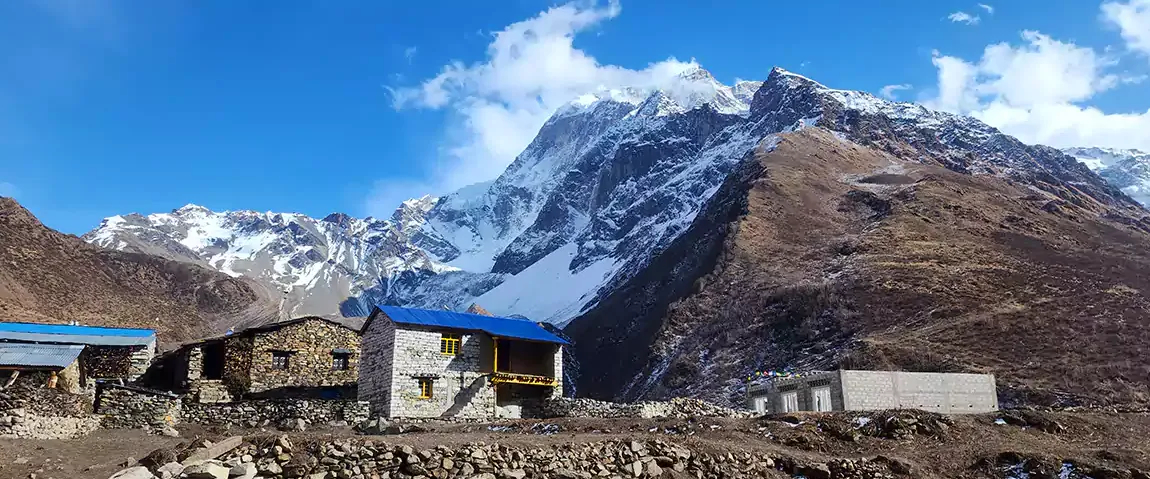
February is a quieter month for tourism in Nepal, meaning fewer crowds on the trail and a more peaceful trekking experience.
Trekking in Nepal in February can be an ideal time for those who want to avoid the peak tourist season while still enjoying the beautiful scenery and mild weather. February is the end of winter in Nepal, and although the temperatures can still be cold, the weather is generally dry and clear. The trails are less crowded than in peak season, and the views of snow-capped mountains and beautiful landscapes are breathtaking. Popular trekking destinations such as the Annapurna Base Camp, the Langtang Valley, and the Everest Base Camp offer spectacular trekking routes during this time. Trekkers can enjoy the beautiful scenery and wildlife without the crowds of the peak season. However, it is still essential to pack warm clothing and appropriate gear for the cold weather. It is also recommended to choose an experienced guide or trekking agency to ensure safety and comfort throughout the journey. Overall, trekking in Nepal in February can be a unique and rewarding experience for those who are willing to brave the cold and embrace the beauty of the Himalayas.
Temperature:
In February, the temperature in Nepal can be quite chilly, particularly in the higher altitudes where most treks take place. The average temperature at lower altitudes is around 10°C (50°F), but it can drop below freezing at higher elevations, so warm clothing is essential.
Weather:
February is generally considered the end of Nepal's dry season, but there may still be some snowfall and occasional rainfall. The weather can be unpredictable, so trekkers should be prepared for all conditions, including snow, fog, and wind.
Climate:
Nepal has a varied climate, with different regions experiencing different weather patterns throughout the year. In February, the climate in Nepal is generally dry and sunny, although it can be cold in the higher mountain regions.
Festivals:
In February, Nepal celebrates the festival of Shivaratri, which is dedicated to the Hindu god Shiva. This is a significant festival in Nepal, and many people visit the famous Pashupatinath temple in Kathmandu to pay their respects. The festival can impact travel arrangements, and trekkers should be aware of any potential disruptions.
Benefits:
Trekking in Nepal offers a range of physical and mental benefits, including improved fitness, increased confidence, and a sense of adventure and accomplishment. It's also an opportunity to connect with nature and learn about local cultures and traditions.
Preparations:
Before embarking on a trek in Nepal, it's important to be well prepared. This includes physical fitness, as well as having the appropriate gear and equipment. Trekkers should also be familiar with the terrain and altitude, as well as any potential hazards or risks. It's also important to stay hydrated and nourished during the trek and to be aware of any altitude sickness symptoms.
Vegetation:
In February, the vegetation in Nepal can vary depending on the altitude and region. In the lower altitudes, there may be lush forests and vegetation, while higher elevations may have more barren landscapes. Some popular treks in Nepal, such as the Annapurna Circuit, offer a range of different landscapes and vegetation types.
Recommended Trek in February: